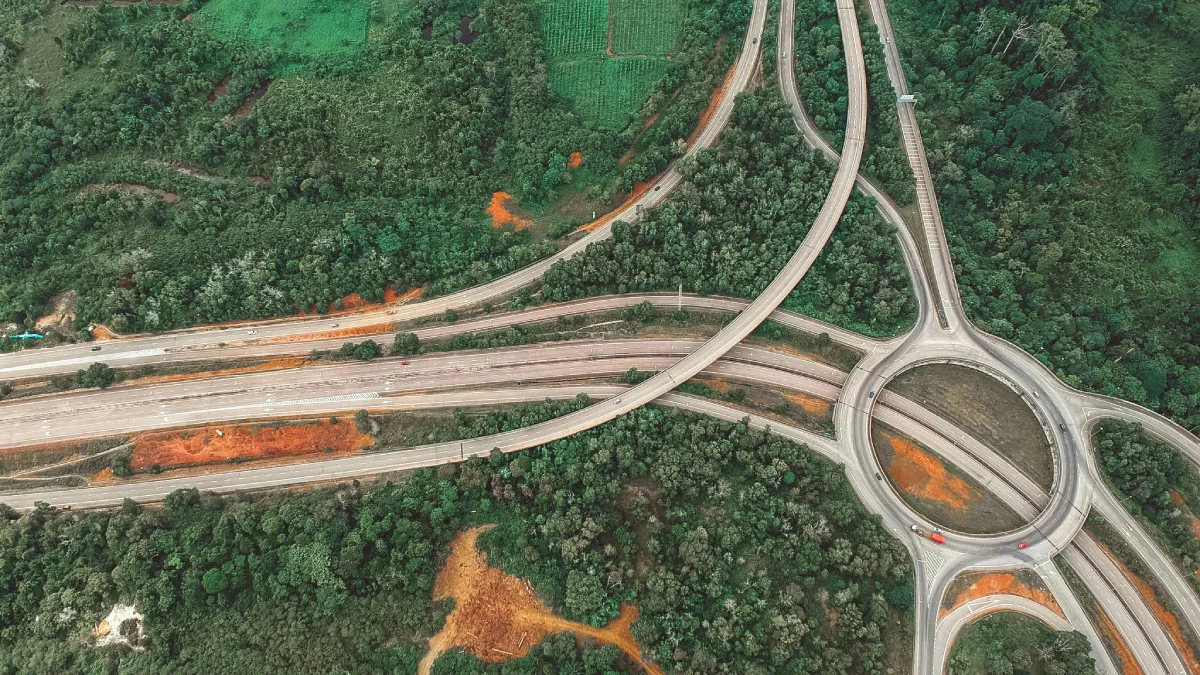

Cities and communities face the challenge of finding innovative solutions to minimize traffic congestion due to urbanization. One promising way to achieve this goal is by integrating traffic forecasts into traffic planning. The use of cutting-edge technologies and data-based analyses helps drivers optimize their routes with traffic forecasts. This can also improve overall traffic flow and the quality of life in our urban centers.
Historical data analysis enables understanding past traffic patterns and considering real human behavior. By examining past traffic patterns at specific locations and times, patterns can be recognized that indicate future traffic jams. Analyzing historical data has also helped to understand real human behavior and how it affects traffic. For example, changes in working hours or commuting patterns might increase or decrease the likelihood of traffic jams.
Real-time traffic monitoring is carried out using cameras, sensors, and GPS data, providing current information about traffic patterns and conditions. Cameras and sensors are the most common tools for traffic monitoring and counting. Cameras can be used to observe traffic flow and detect irregularities such as traffic jams. Sensors, such as induction loops in the pavement, can measure the number of vehicles and their speeds to analyze traffic patterns.
Integrating weather data into traffic forecasts enables the prediction of potential traffic jams caused by bad weather like rain or snow. An interesting way to improve these forecasts is to use devices such as thermometers in vehicles to collect local weather data and compare it with conventional weather stations. By combining different data sets, more precise traffic forecasts can be made.
The acceptance and use of traffic forecasts are based on a range of factors. Technological advancements, increasing traffic density, integration into navigation systems, educational and awareness campaigns, as well as successful use cases all play a role in promoting the use of traffic forecasts. Overall, these developments have led to the increased use of historical traffic data to avoid potential traffic jams and improve mobility in our urban centers.
Advances in data collection technology, particularly in the area of traffic monitoring systems and data analysis, have made it possible to create accurate and reliable traffic forecasts. The availability of real-time traffic data and the development of advanced analysis methods have significantly improved the quality of the forecasts. Integrating traffic forecasts into navigation systems will help promote the use of traffic information. By giving drivers direct access to current traffic conditions and alternative route suggestions, they are more likely to trust and act according to traffic forecasts.
When traffic forecasts work reliably and actually save drivers time and stress, their credibility and acceptance increase. Success stories and positive experiences contribute to strengthening trust in traffic forecasts and promoting their use. Here, Fits Traffic can help.